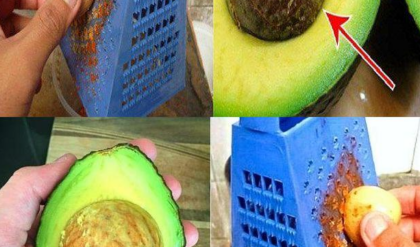In the intricate dance of nature that unfolds in a garden, not all plants make harmonious neighbors. Companion planting, a time-tested gardening technique, reveals how some plants support each other while others clash. A prime example of such a mismatch is the uneasy relationship between tomatoes and cucumbers. Although both are staples of summer gardens, these two don’t play well together. This guide unpacks the principles of companion planting, explains why tomatoes and cucumbers should grow apart, and suggests better companions for each.

The Science Behind Companion Planting
Companion planting is the art of arranging plants to benefit each other. This method promotes ecological balance, improves pest control, enhances pollination, and boosts crop yields. By understanding which plants complement or conflict with each other, gardeners can create a thriving, harmonious environment.
The Tomato-Cucumber Conflict
Despite their shared popularity, tomatoes and cucumbers are not compatible garden partners. Here’s why:
Water Requirements: Cucumbers demand consistently moist soil to remain crisp and sweet. In contrast, tomatoes prefer soil that dries out between waterings to prevent root rot. Trying to meet the watering needs of both can lead to stress and disease for one or both plants.
Space and Light Competition: Cucumbers are vigorous growers, often sprawling or climbing in a way that shades nearby plants. Tomatoes, which rely on ample sunlight to develop their rich flavors and colors, can struggle to compete.
Disease Spread: Tomatoes and cucumbers are susceptible to similar diseases, including powdery mildew and bacterial wilt. When planted together, these diseases can spread more rapidly, threatening both crops.

The Best Companions for Tomatoes and Cucumbers
By choosing the right companions, you can maximize the health and productivity of both tomatoes and cucumbers in your garden.
Best Companions for Tomatoes:
- Basil: Known for improving tomato flavor, basil also repels common pests like flies and mosquitoes.
- Marigolds: These vibrant flowers deter nematodes and other pests that target tomato roots.
- Carrots: By loosening the soil, carrots enhance air and water circulation around tomato roots.
Best Companions for Cucumbers:
- Radishes: These quick-growing root vegetables repel cucumber beetles and other pests.
- Sunflowers: Acting as natural trellises, sunflowers support cucumber vines while attracting pollinators to the garden.
- Lettuce: Thriving in the shade of cucumber plants, lettuce enjoys a cooler root zone, promoting healthier growth.
Tips for Successful Companion Planting

Plan Thoughtfully: Map out your garden with each plant’s needs in mind. Position companions to complement each other’s water, light, and space requirements.
Rotate Crops: Avoid planting the same crop family in the same spot year after year. Crop rotation reduces the risk of soil-borne diseases and pests.
Observe and Adjust: Keep an eye on how your plants are interacting. If a pairing isn’t thriving, be ready to rearrange or replace it in future seasons.
Creating a Harmonious Garden
The conflict between tomatoes and cucumbers illustrates the importance of understanding plant relationships. Companion planting allows gardeners to design gardens that are not only productive but also resilient and diverse. By selecting compatible neighbors and respecting each plant’s unique needs, you’ll nurture a healthier garden ecosystem.
Inspired to transform your garden into a thriving haven? Share this article with friends and help them unlock the secrets of companion planting!





